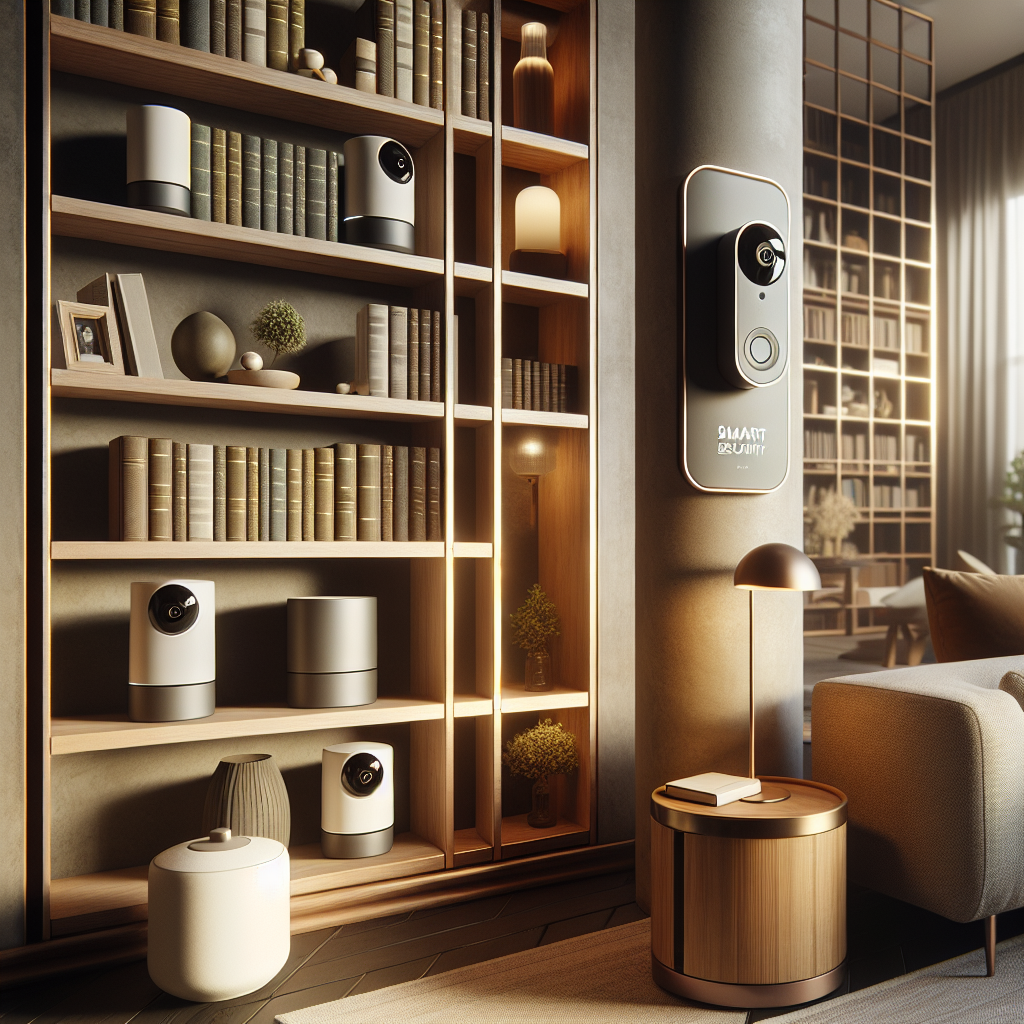In the realm of home maintenance and safety, structural integrity is paramount. Ignoring structural issues can lead to catastrophic outcomes, not only jeopardizing the safety of occupants but also significantly diminishing the property’s value. This blog post delves into the critical structural fixes that homeowners should prioritize to maintain their home’s safety and structural integrity.
Understanding Structural Integrity
Structural integrity refers to the ability of a building to withstand its intended load without experiencing failure or collapse. This encompasses everything from the foundation, walls, and floors to the roof and load-bearing beams. Ensuring these elements are sound and secure is crucial for the safety of the home and its inhabitants.
Identifying Structural Issues
Recognizing the signs of structural damage is the first step toward mitigation. Common indicators include cracks in the foundation, uneven floors, doors that won’t close properly, and visible sagging in the roof or floors. These symptoms suggest that the structural integrity of the home may be compromised.
Prioritizing Structural Repairs
Once potential issues are identified, prioritizing repairs is crucial. Some structural fixes that significantly impact safety and property value include:
Foundation Repairs
The foundation is the bedrock of your home’s structural integrity. Issues such as cracks, settling, or water damage can lead to major problems if left unaddressed. Foundation repairs might involve underpinning, sealing, or drainage improvements to ensure stability.
Roof Repairs
The roof protects the home from the elements and plays a key role in structural integrity. Addressing issues like sagging, leaking, or damaged shingles can prevent water damage and maintain the home’s structural health.
Reinforcing Load-Bearing Walls and Beams
Load-bearing walls and beams support the weight of the home. Repairing or reinforcing these elements can prevent catastrophic failures, ensuring the building remains safe and stable.
Addressing Water Damage
Water is a major enemy of structural integrity, leading to rot, mold, and foundation issues. Fixing leaks, improving drainage, and ensuring proper waterproofing are essential steps in protecting your home.
The Cost of Ignoring Structural Repairs
Failing to address structural issues can lead to severe consequences, including increased repair costs, safety hazards, and reduced property value. In extreme cases, it may even result in the building being condemned. Investing in structural repairs is not only a matter of safety but also of financial prudence, as it can prevent more significant expenses down the line.
Professional Assessments and Repairs
Given the complexity of structural issues, consulting with a professional structural engineer or contractor is advisable. They can provide comprehensive assessments, identify the root causes of problems, and recommend appropriate repairs. DIY fixes are not recommended for structural issues due to the potential risks involved.
Conclusion
Maintaining the structural integrity of your home is crucial for ensuring the safety of its occupants and preserving its value. Identifying and addressing structural issues promptly can save homeowners from facing significant repair costs and potential safety hazards in the future. By understanding the importance of structural fixes and seeking professional guidance, you can ensure your home remains a safe and stable environment for years to come.



